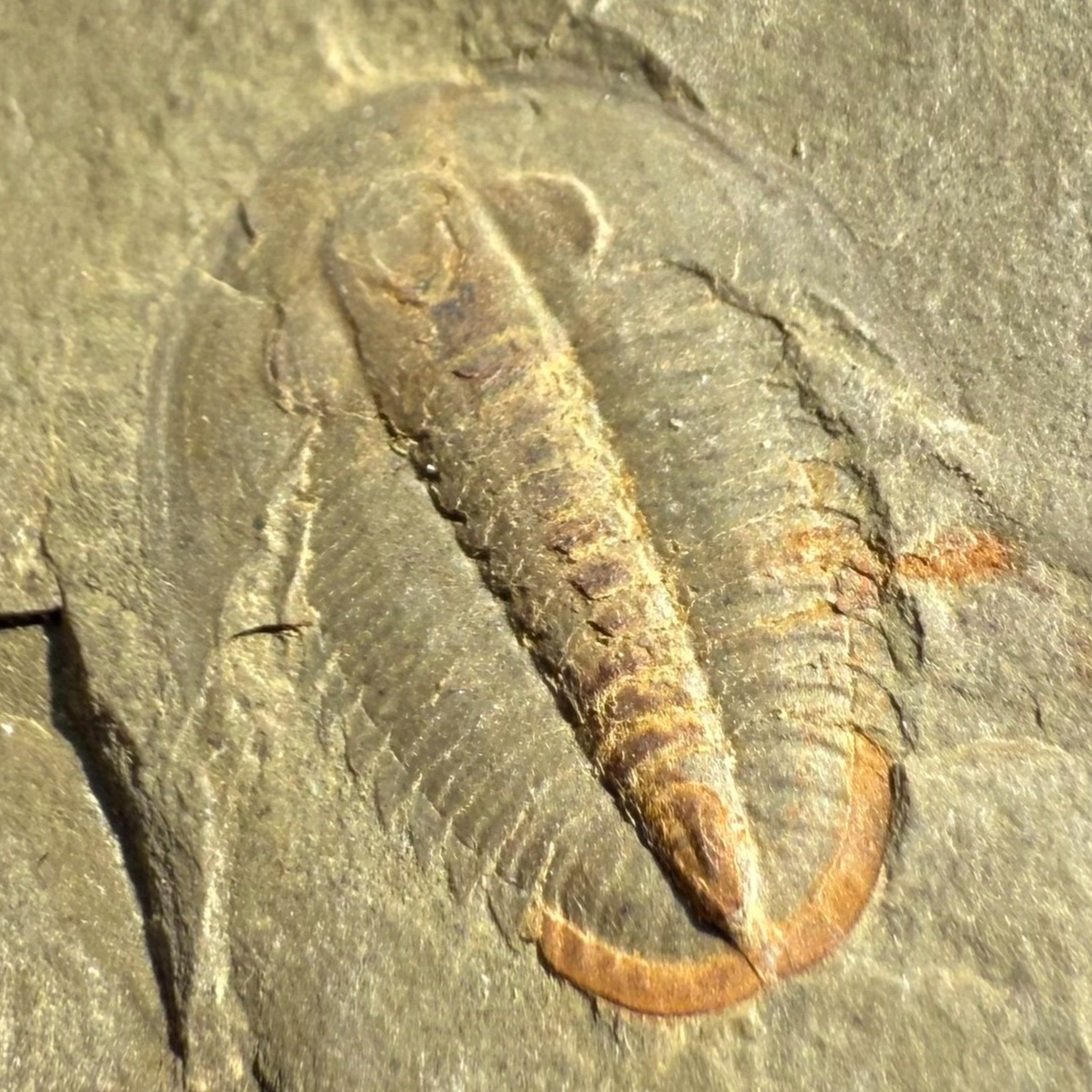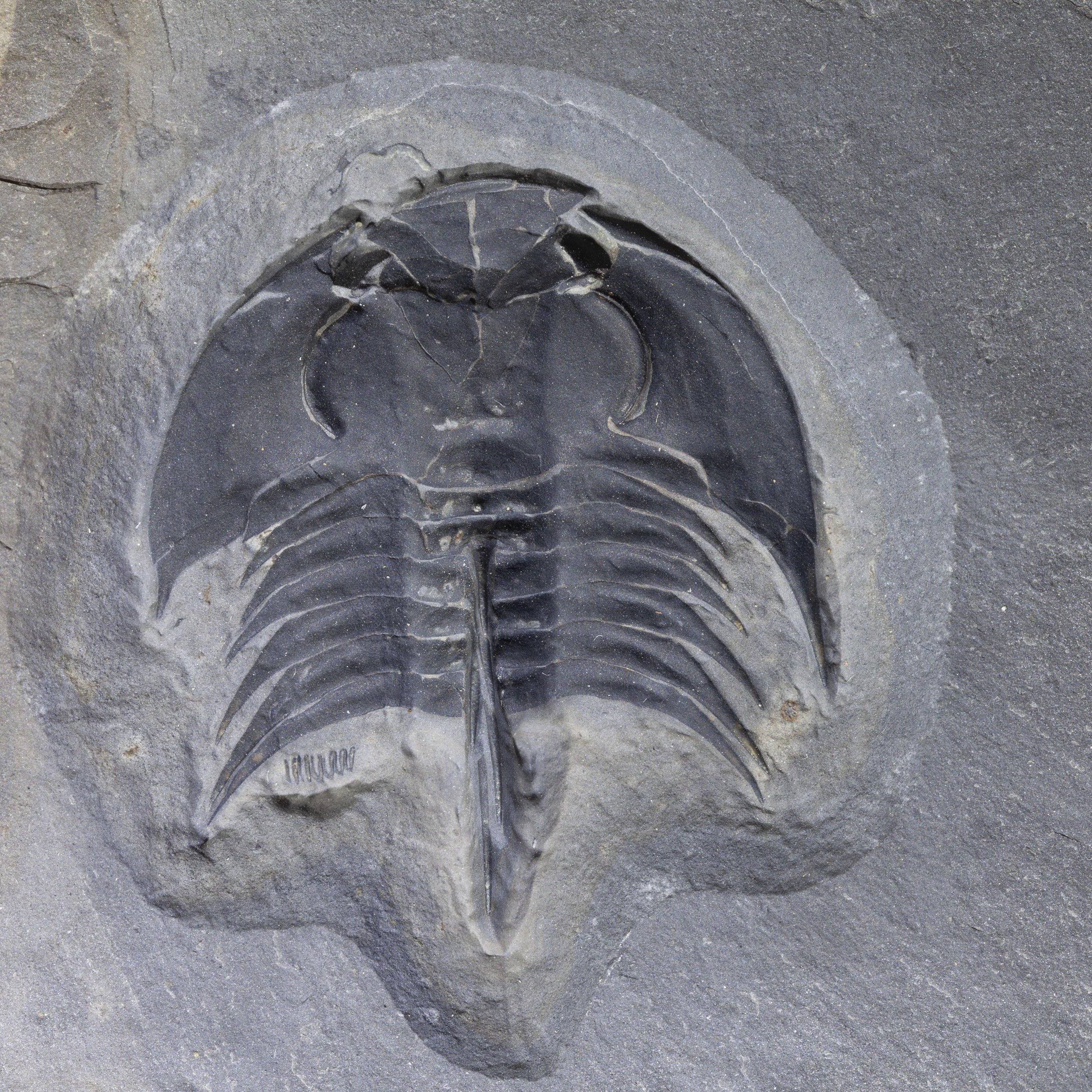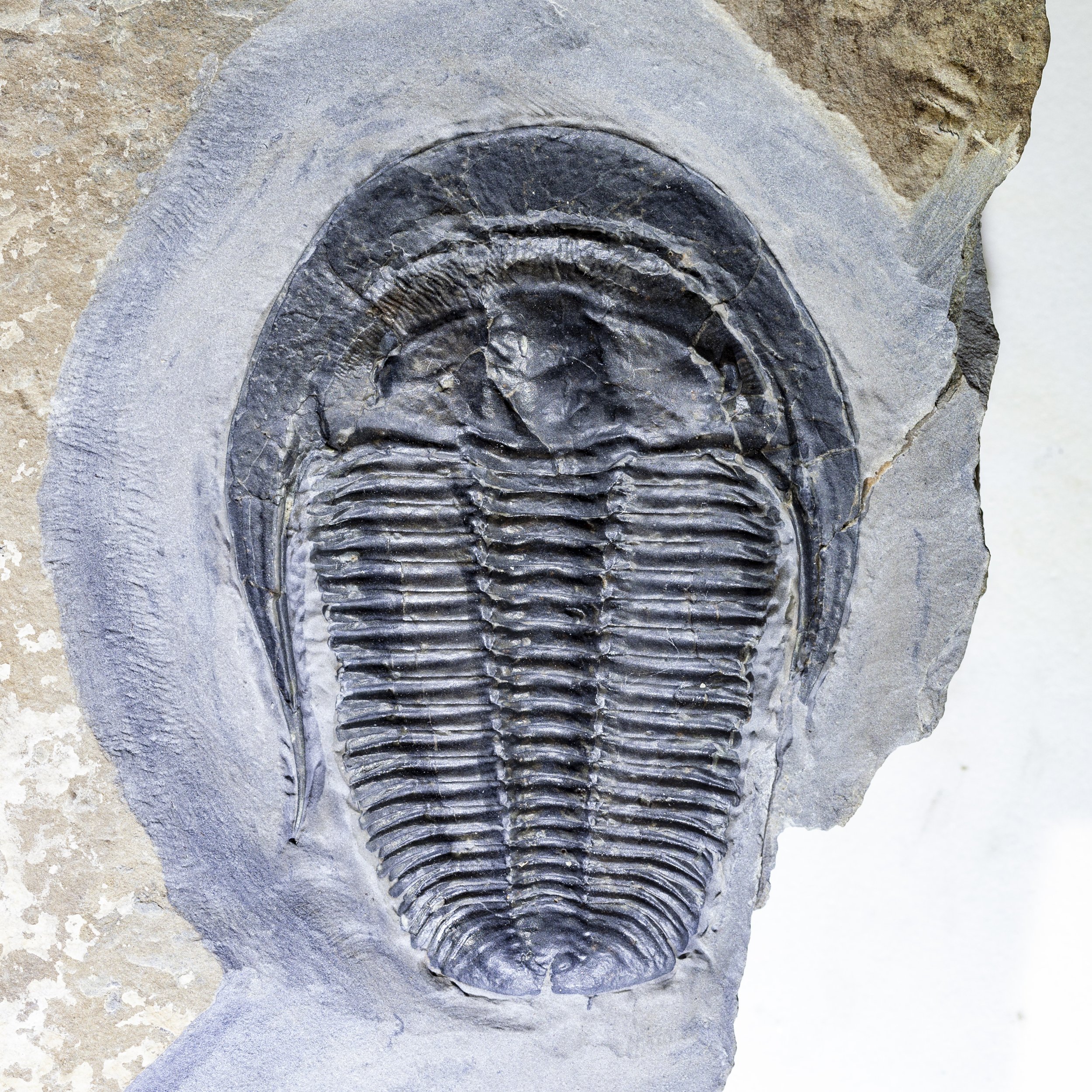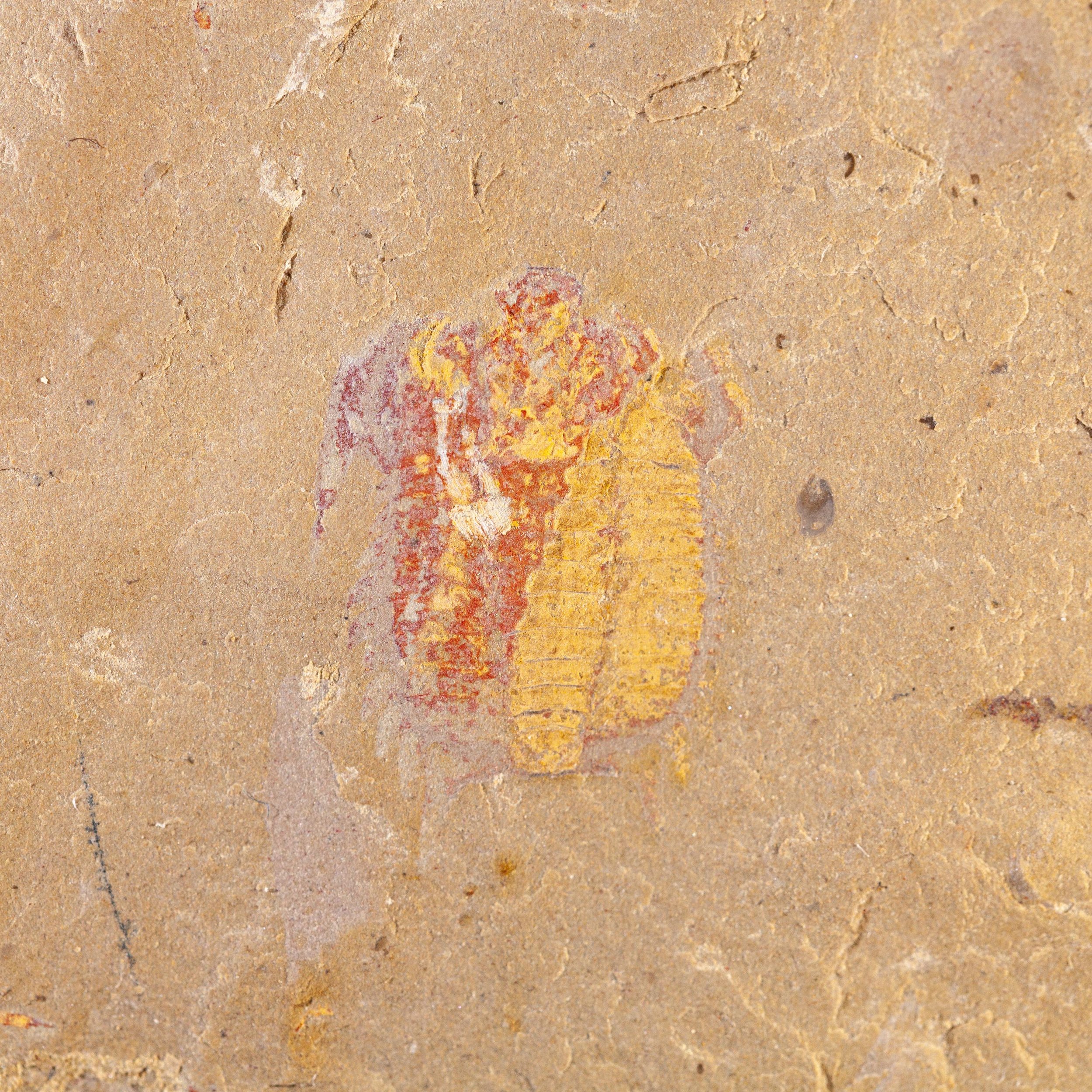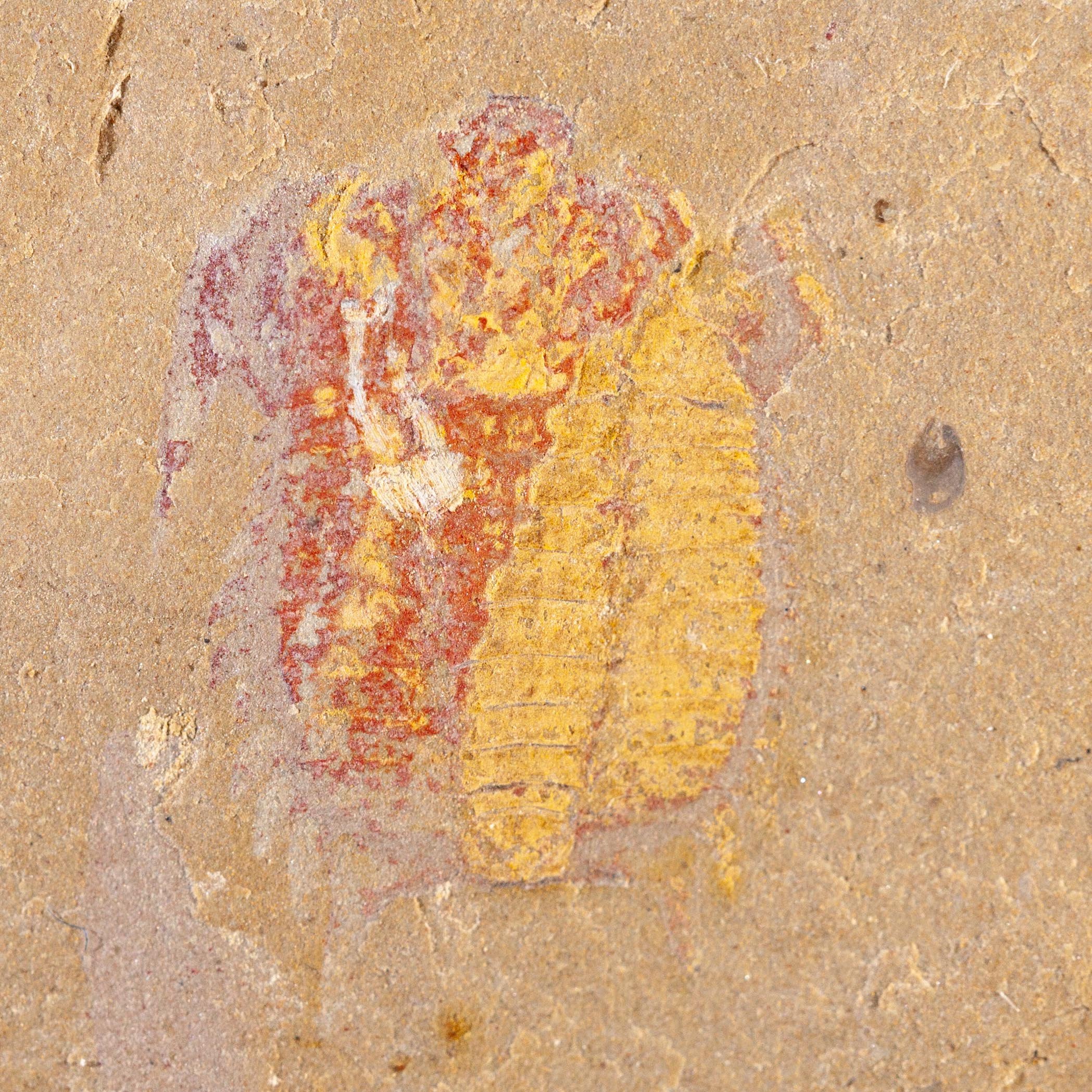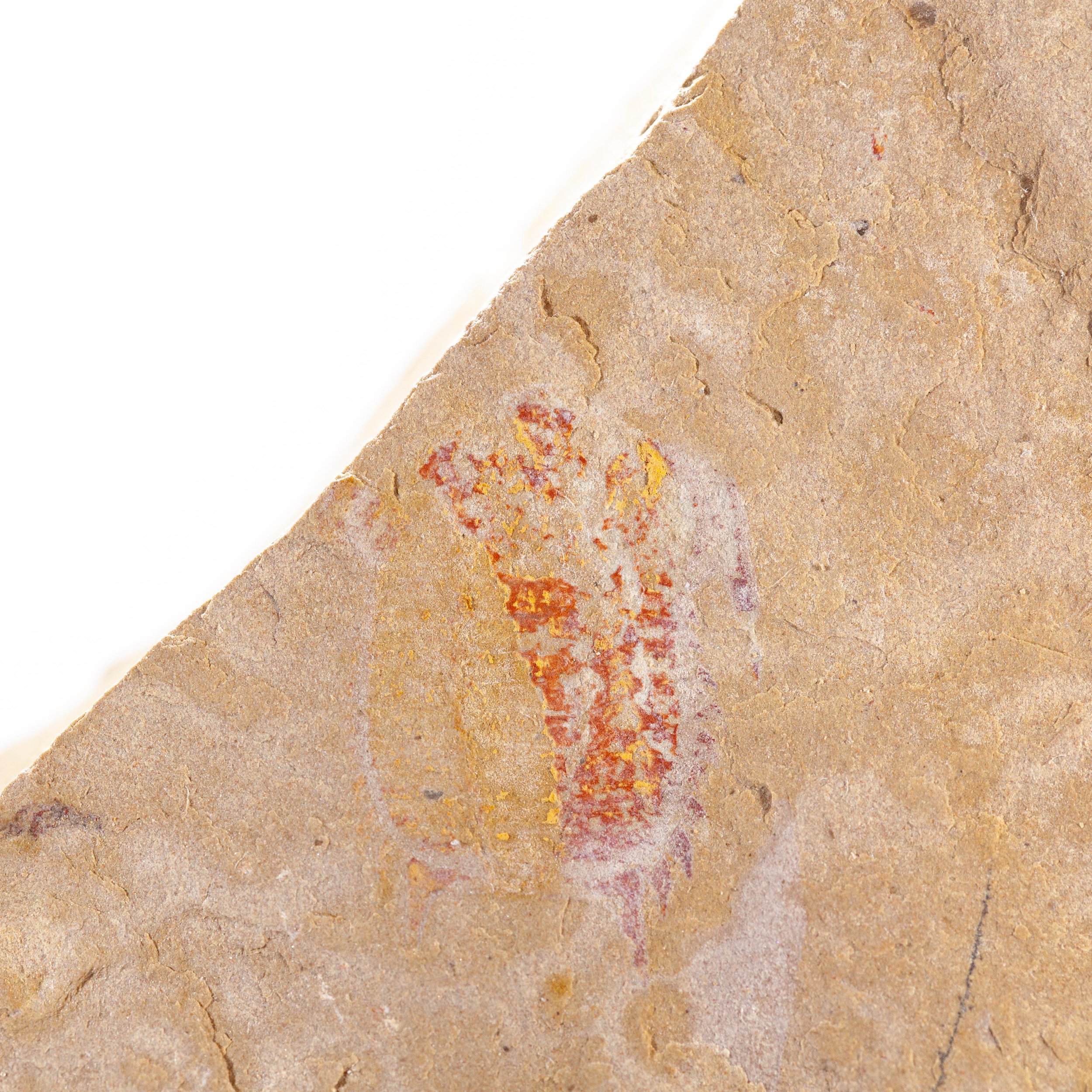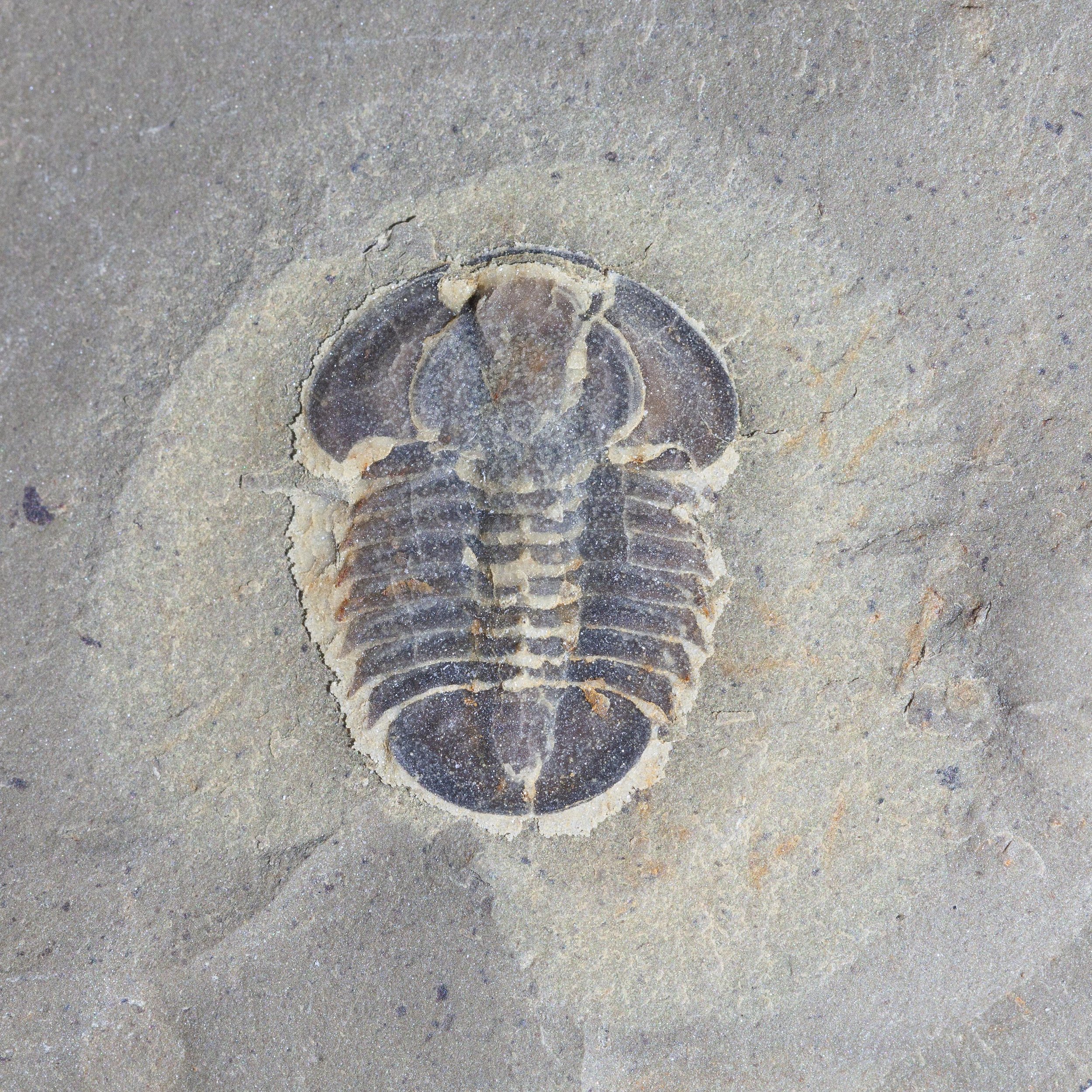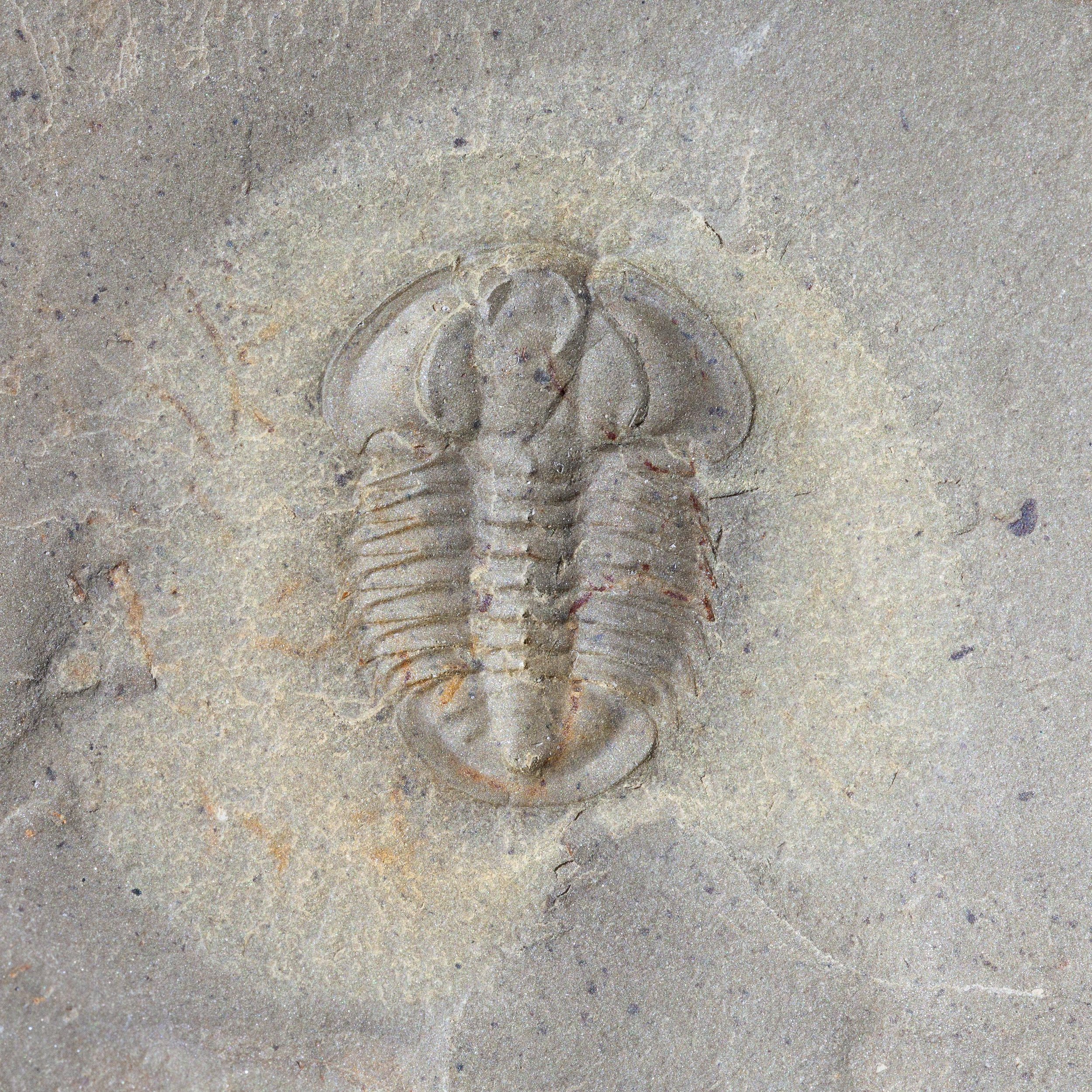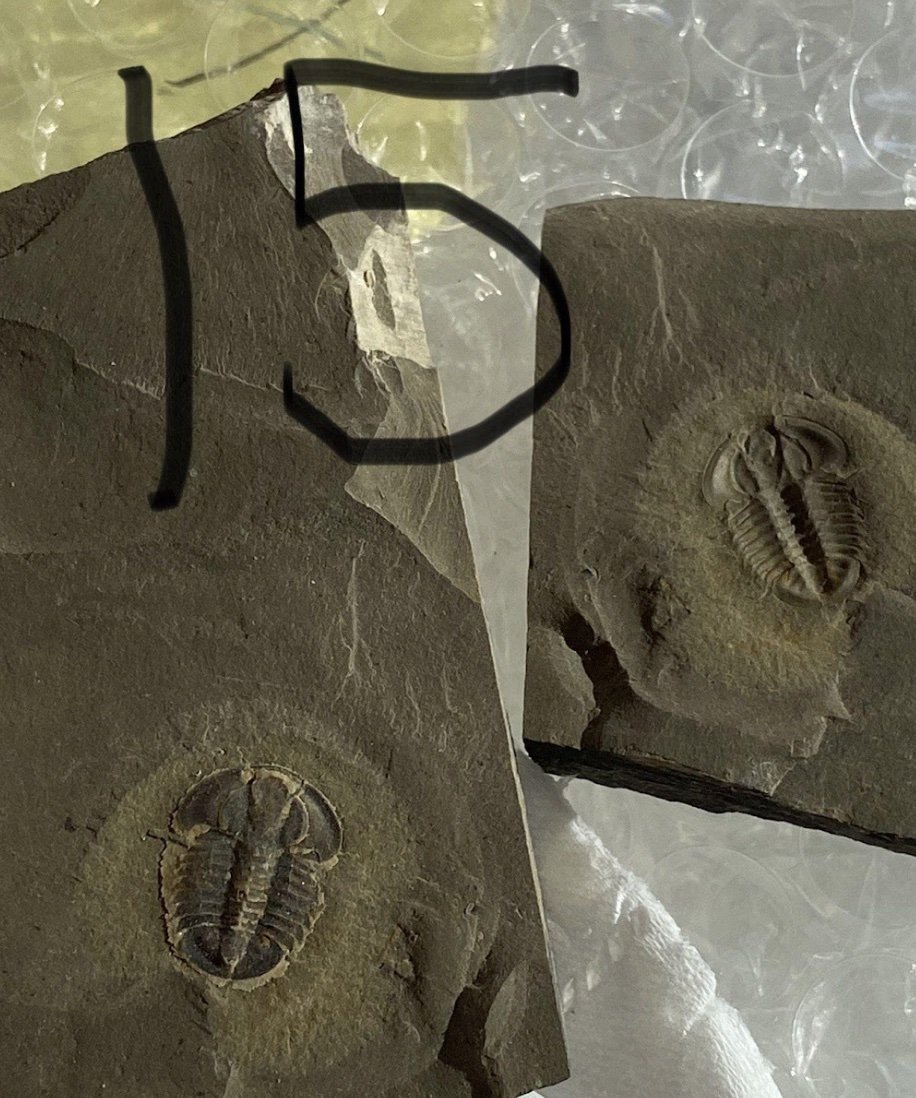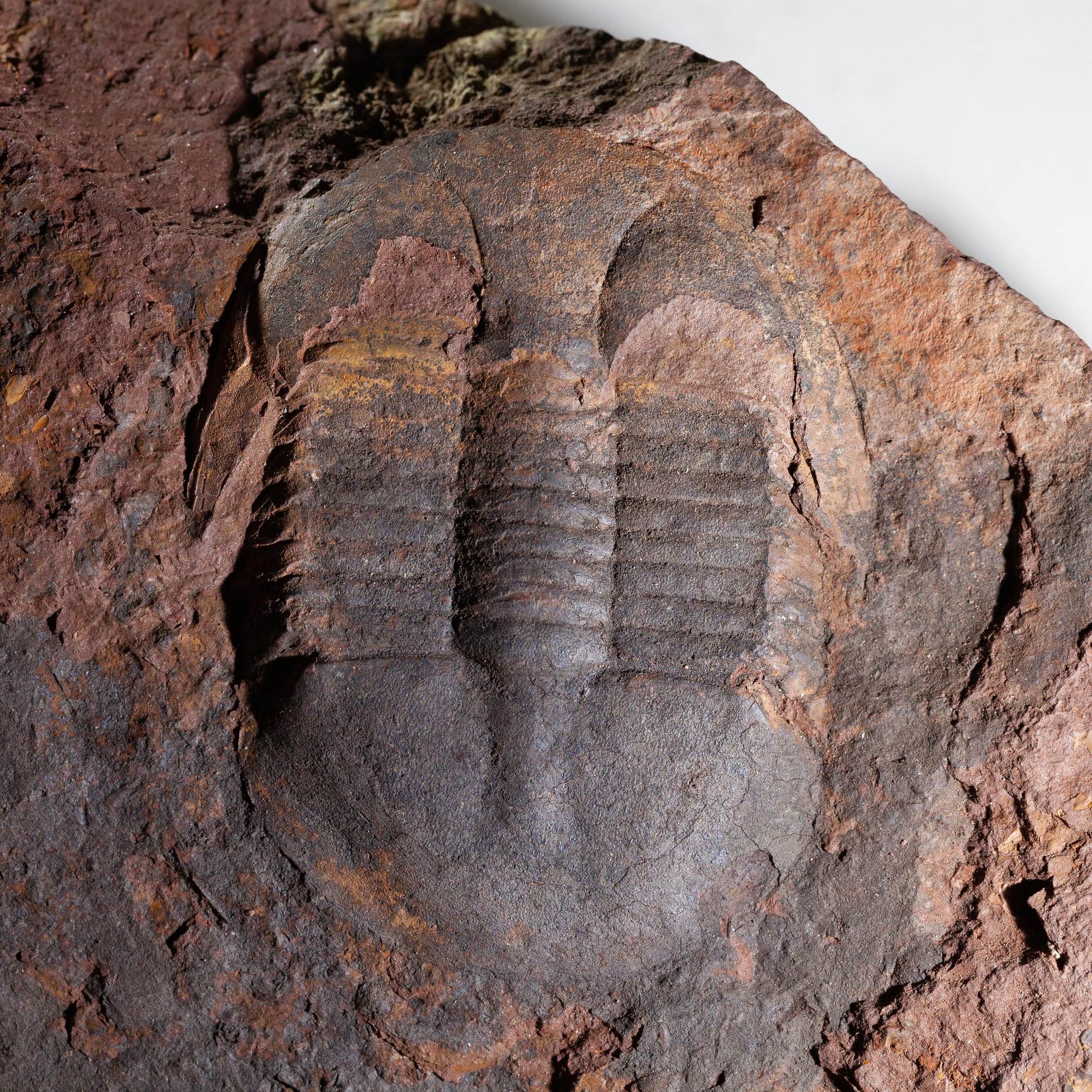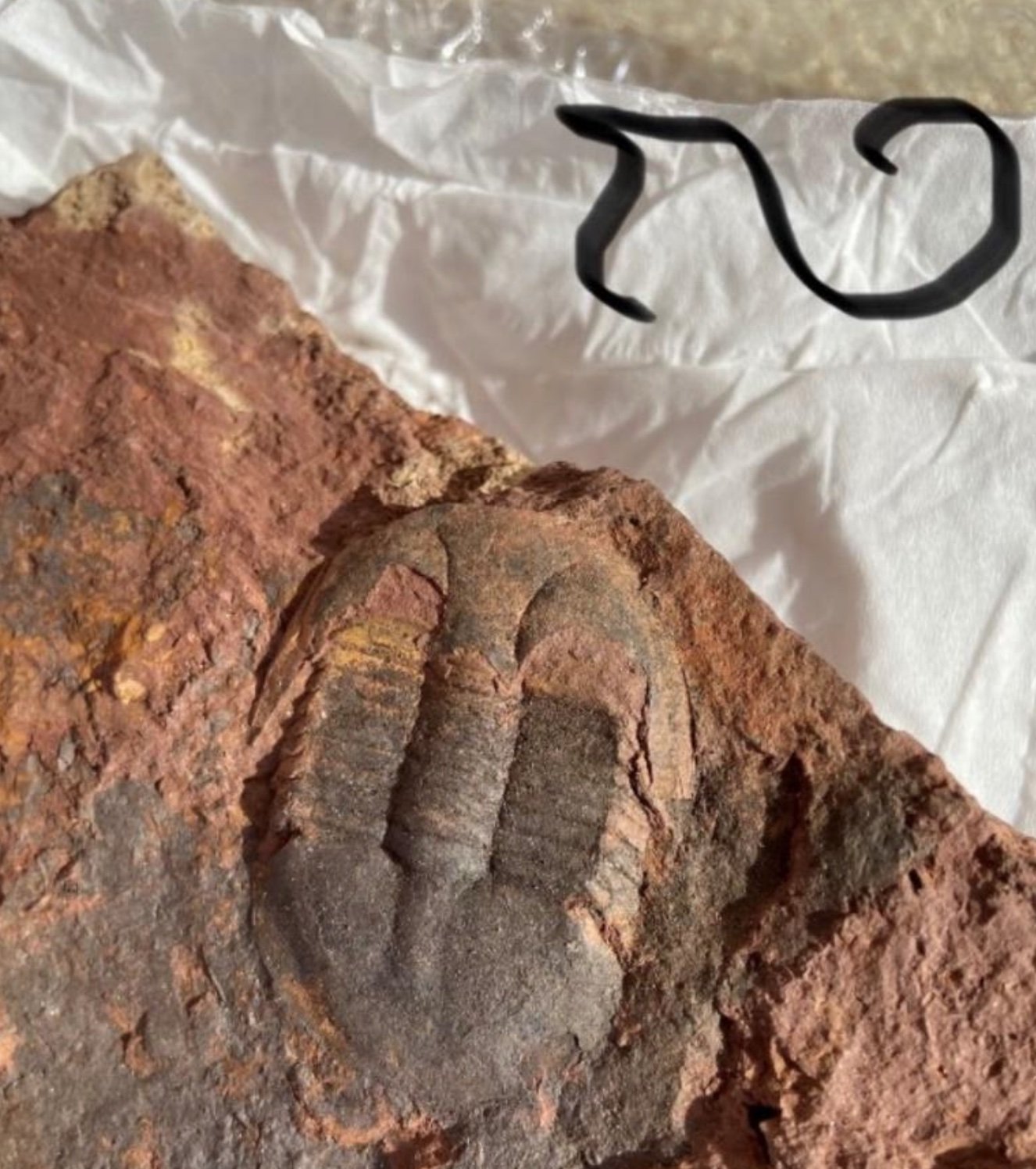Maotunia iddingsii
Vendor: Lagerstätte Land
SKU Number: SQ0256162
Maotunia iddingsii from the Middle Cambrian, Zhangxia Fm., Feixian County, Linyi City, Shandong Province, China.
2 small examples of this trilobite
Full dimensions are listed below.
Vendor: Lagerstätte Land
SKU Number: SQ0256162
Maotunia iddingsii from the Middle Cambrian, Zhangxia Fm., Feixian County, Linyi City, Shandong Province, China.
2 small examples of this trilobite
Full dimensions are listed below.
Vendor: Lagerstätte Land
SKU Number: SQ0256162
Maotunia iddingsii from the Middle Cambrian, Zhangxia Fm., Feixian County, Linyi City, Shandong Province, China.
2 small examples of this trilobite
Full dimensions are listed below.
Additional Information
Description:
Maotunia is a genus of trilobite that existed during the Cambrian period, a time of significant diversification of life on Earth. These extinct marine arthropods are primarily found in fossil deposits in China, particularly in the Shandong Province.
Morphology
Like other trilobites, Maotunia has a body divided into three main parts: Cephalon (head): The cephalon of Maotunia is typically semicircular or crescent-shaped. It contains the facial sutures, which are lines on the cephalon that facilitated molting. The eyes, which were compound, are located on the cephalon. The position and shape of these eyes can vary slightly between different species within the genus. Thorax: The thorax is composed of multiple articulated segments. The exact number of thoracic segments can vary among Maotunia species, but it generally consists of several segments that provided the trilobite with flexibility. Pygidium (tail): The pygidium is the posterior part of the trilobite and is formed by the fusion of several segments. The size and shape of the pygidium can also vary.
Distinguishing Features
While specific characteristics can vary between species, some general features of Maotunia include: Moderate Size: Maotunia trilobites were generally of moderate size compared to some of the larger trilobite species. Dorsal Exoskeleton: Like all trilobites, Maotunia possessed a hard dorsal exoskeleton made of chitin reinforced with calcium carbonate. This exoskeleton provided protection and support. Three Lobes: The body is divided longitudinally into three lobes: a central axial lobe and two lateral pleural lobes. This is a defining characteristic of trilobites.
Paleoecology
Maotunia lived in marine environments during the Cambrian period. They likely inhabited the seafloor, where they may have been scavengers, detritivores, or predators. Trilobites, in general, played a significant role in the Cambrian marine ecosystem.
Significance
The study of Maotunia, like other Cambrian trilobites, is important for several reasons: Biostratigraphy: Trilobites are used as index fossils to help date and correlate rock layers from the Cambrian period. Evolutionary History: Maotunia contributes to our understanding of the evolution and diversification of trilobites during the Cambrian explosion, a period of rapid evolutionary change. Paleoecology: By studying their morphology and distribution, paleontologists can reconstruct the ancient marine environments in which these trilobites lived. The well-preserved fossils of Maotunia, particularly those found in sites like the Chengjiang Lagerstätte, provide valuable insights into the morphology and diversity of Cambrian trilobites.

